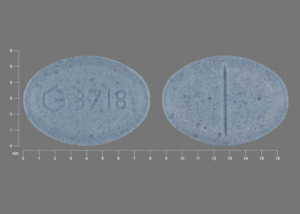Triazolam Interactions
There are 560 drugs known to interact with triazolam, along with 9 disease interactions, and 2 alcohol/food interactions. Of the total drug interactions, 60 are major, 461 are moderate, and 39 are minor.
- View all 560 medications that may interact with triazolam
- View triazolam alcohol/food interactions (2)
- View triazolam disease interactions (9)
Most frequently checked interactions
View interaction reports for triazolam and the medicines listed below.
- Abilify (aripiprazole)
- Adderall (amphetamine / dextroamphetamine)
- Adderall XR (amphetamine / dextroamphetamine)
- Ambien (zolpidem)
- Ativan (lorazepam)
- Benadryl (diphenhydramine)
- Celebrex (celecoxib)
- Crestor (rosuvastatin)
- Cymbalta (duloxetine)
- Fish Oil (omega-3 polyunsaturated fatty acids)
- Flexeril (cyclobenzaprine)
- Lamictal (lamotrigine)
- Lasix (furosemide)
- Lexapro (escitalopram)
- Lyrica (pregabalin)
- Metoprolol Succinate ER (metoprolol)
- Nexium (esomeprazole)
- Norco (acetaminophen / hydrocodone)
- Prozac (fluoxetine)
- Seroquel (quetiapine)
- Synthroid (levothyroxine)
- Trintellix (vortioxetine)
- Tylenol (acetaminophen)
- Vitamin B12 (cyanocobalamin)
- Vitamin C (ascorbic acid)
- Vitamin D3 (cholecalciferol)
- Vyvanse (lisdexamfetamine)
- Xanax (alprazolam)
- Zoloft (sertraline)
- Zyrtec (cetirizine)
Triazolam alcohol/food interactions
There are 2 alcohol/food interactions with triazolam.
Triazolam disease interactions
There are 9 disease interactions with triazolam which include:
- acute alcohol intoxication
- closed-angle glaucoma
- drug dependence
- renal/liver disease
- respiratory depression
- seizures
- depression
- obesity
- paradoxical reactions
More about triazolam
- triazolam consumer information
- Compare alternatives
- Pricing & coupons
- Reviews (77)
- Drug images
- Latest FDA alerts (2)
- Side effects
- Dosage information
- During pregnancy
- Drug class: benzodiazepines
- Breastfeeding
- En español
Related treatment guides
Drug Interaction Classification
| Highly clinically significant. Avoid combinations; the risk of the interaction outweighs the benefit. | |
| Moderately clinically significant. Usually avoid combinations; use it only under special circumstances. | |
| Minimally clinically significant. Minimize risk; assess risk and consider an alternative drug, take steps to circumvent the interaction risk and/or institute a monitoring plan. | |
| No interaction information available. |
See also:
Further information
Always consult your healthcare provider to ensure the information displayed on this page applies to your personal circumstances.


